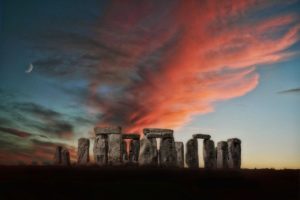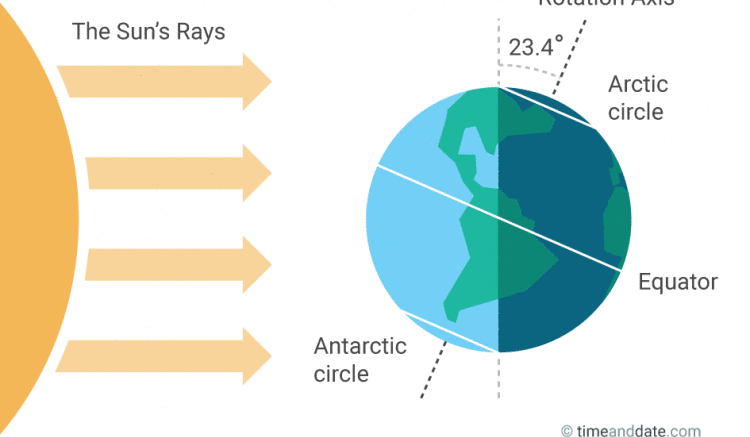You’ve probably noticed the early sunsets, the late dawns, and perhaps even the low arch of the sun across the sky leading up to this date.
That’s right – today is Winter Solstice, the shortest “day” of the year for those in the Northern Hemisphere – not that the day is actually any shorter than 24 hours, but there is overall less daylight.
For astronomers and scientists, Winter Solstice signals the official beginning of winter, however, the meteorological winter started three weeks ago at the beginning of December.
Despite that the Earth is actually closet to the Sun in December and January, due to the 23.5 degree angle that the Earth is tilted, while we in the Northern Hemisphere are experiencing winter, those in the Southern Hemisphere are celebrating the beginning of summer, and visa versa during our Summer Solstice.
The Winter Solstice marks the turning point when days begin to grow longer for us experiencing winter, and shorter for those experiencing summer.
Contrary to popular belief, the Solstice does not last “all day,” it actually occurs at a specific point during the day and it can happen any day from December 20, 21, 22 or 23.
According to this source, since the Solstice officially occurs when the Sun reaches its furthest southward point in our sky’s dome for the year, the event happens at the same time for everyone and is generally clocked in Universal Time. Today, it happened at 10:44 Universal Time, meaning that it happened roughly around 5:44a.m. in Eastern Standard Time.

Stonehenge
Many cultures around the world celebrate this bi-yearly phenomenon, and dating as far back as several thousand BC, we know that ancient cultures even partook in celebrating the solstices.
Most notable is Stonehenge, located in England, one of the most famous archeological sites in the world, likely constructed around 3,100 BC by ancient people.
“When the sun sets on the winter solstice, its rays align with what are known as the central Altar stone and the Slaughter stone — an event that hundreds of families, tourists, Wiccans, and others visit each year to experience what researchers believe was an important spiritual event for those responsible for creating the monument,” as quoted by Live Science.
Proceeding the Solstice, longer days are now upon us. Spring will be here in no time.


Be the first to comment on "Shortest Day of the Year"